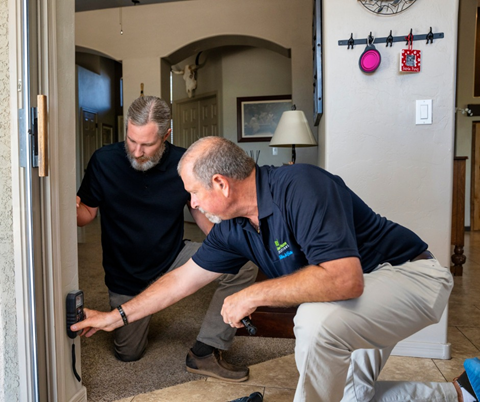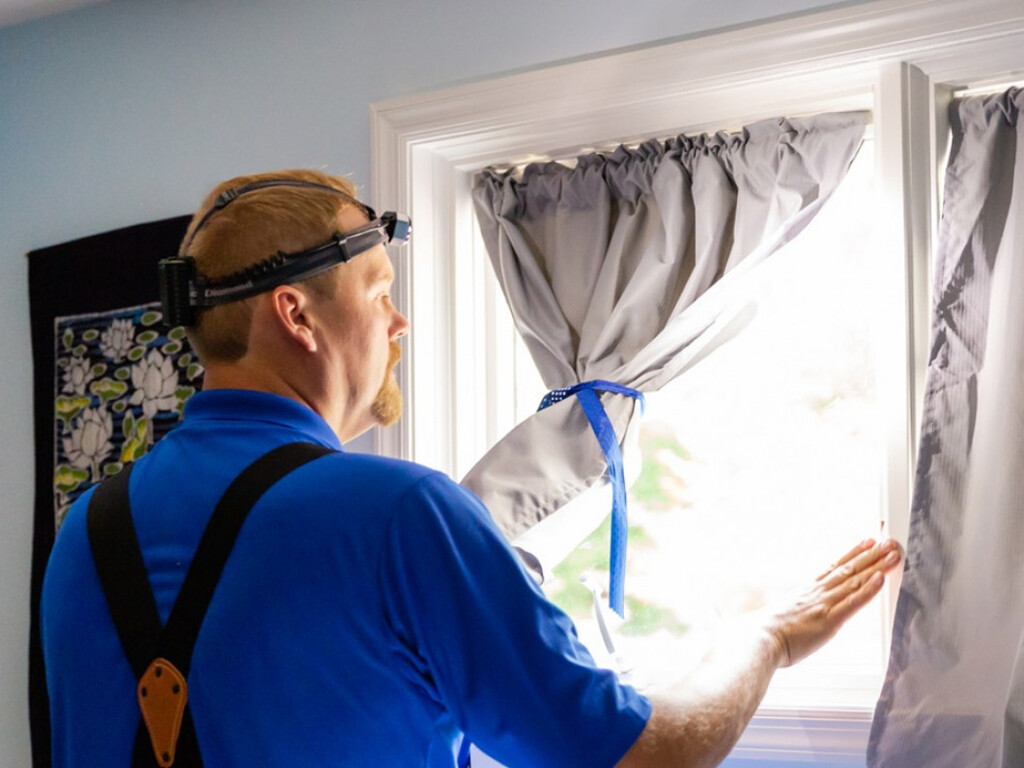Mycotoxin testing Services: Ensuring Top Quality and Safety And Security in Your Supply Chain
Mycotoxin testing Services: Ensuring Top Quality and Safety And Security in Your Supply Chain
Blog Article
Ensuring Compliance With Rules: the Duty of Mycotoxin Testing in Quality Assurance
Ensuring conformity with rigid guidelines is critical for maintaining food safety and security, and the function of mycotoxin testing in quality assurance can not be overstated. Mycotoxins, poisonous substances created by certain mold and mildews, position significant health and wellness risks, making their detection vital in food manufacturing. Adherence to regulative requirements, such as those set by the FDA and EU, needs robust screening techniques and modern technologies to identify and measure these impurities. By carrying out thorough testing procedures, companies can protect against potential health and wellness situations, avoid pricey recalls, and maintain consumer trust fund. The complexities of these screening procedures elevate crucial questions concerning their performance and effectiveness.
Comprehending Mycotoxins
Recognizing mycotoxins is basic to making certain the top quality and security of agricultural products. The most infamous mycotoxins include aflatoxins, ochratoxins, fumonisins, and trichothecenes, each associated with details ecological conditions and fungal varieties.
The existence of mycotoxins in food can result in chronic and intense health issues, including liver damage, immune reductions, and carcinogenic results. As a result, their detection and metrology are vital components of top quality control in agricultural and food sectors. The intricacy of mycotoxin contamination necessitates a diverse approach, utilizing advanced logical techniques such as liquid chromatography, mass spectrometry, and enzyme-linked immunosorbent assays (ELISA) By understanding the resources, types, and results of mycotoxins, stakeholders in the agricultural field can better carry out preventative measures and minimize risks, making certain safer intake for end-users. This understanding creates the bedrock whereupon effective mycotoxin management methods are constructed.
Regulatory Standards for Mycotoxins
Having actually established a foundational understanding of mycotoxins and their influence on food safety and security, it is crucial to assess the governing criteria controling their existence in agricultural items. Regulatory criteria for mycotoxins are essential because they specify permissible limitations, guaranteeing food security and safeguarding public health and wellness. Different worldwide and national firms have actually established these limitations based on comprehensive threat analyses.
The Codex Alimentarius Compensation, an international body developed by the FAO and that, supplies guidelines and optimum allowed degrees for different mycotoxins in food and feed. The Codex has actually established restrictions for aflatoxins in peanuts, maize, and dried figs, amongst other assets. These requirements are typically adopted or adjusted by private countries to fit their specific requirements.
In the European Union, Regulation (EC) No 1881/2006 states maximum degrees for numerous mycotoxins, such as aflatoxins, ochratoxin A, and deoxynivalenol, in various food. The U.S. Food and Medicine Administration (FDA) has actually developed action degrees for mycotoxins like aflatoxins in assets such as grains and nuts.
Adherence to these regulatory standards is vital for keeping market access, customer trust fund, and public wellness. Non-compliance can result in considerable financial losses and health threats, emphasizing the value of stringent mycotoxin screening procedures.
Evaluating Approaches and Technologies

ELISA is widely appreciated for its fast and economical screening capabilities, making it excellent for high-throughput atmospheres. It depends on antibodies to find certain mycotoxins, supplying lead to a relatively brief time framework. Its level of sensitivity might be limited compared to more innovative methods.
HPLC, on the other hand, excels in supplying measurable analysis with high accuracy and accuracy. It divides complex blends right into specific elements, making it extremely reliable for identifying and measuring several mycotoxins simultaneously - Mycotoxin testing Services. This method, while extra resource-intensive and taxing than ELISA, provides a greater level of reliability

LC-MS represents the pinnacle of see this here analytical specificity and sensitivity. Combining the splitting up power of fluid chromatography with the discovery capacities of mass spectrometry, LC-MS can identify also trace levels of mycotoxins. This method is important for confirming the existence of mycotoxins in forensic and regulatory contexts, guaranteeing compliance with stringent safety standards.
Applying Examining Procedures

Incorporating these sophisticated screening techniques into a detailed top quality control framework requires a well-structured approach to applying screening methods. To achieve this, companies have to initially carry out a comprehensive threat assessment to identify potential mycotoxin contamination factors within the supply chain. This analysis educates the growth of a tailored screening approach that resolves details susceptabilities.
Following, developing standard sampling treatments is essential. Constant sampling makes sure that examination results are reputable and agent of the entire batch (Mycotoxin testing Services). Sticking to standards from regulative bodies, such as the FDA or EFSA, assists maintain conformity and boosts the reliability of the screening procedure
Training personnel is an additional crucial element. Staff should excel in both sample collection and the procedure of testing equipment. Normal training sessions and qualification programs can ensure that staff member remain upgraded with the most current techniques and regulative adjustments.
Advantages of Mycotoxin Evaluating
Mycotoxin screening uses many benefits that dramatically boost the safety and high quality of food and feed products. Mostly, it works as a critical control measure to avoid infected items from getting to the consumer market, consequently securing public health and wellness. By identifying and evaluating mycotoxins such as ochratoxins, aflatoxins, and fumonisins, manufacturers can guarantee that their items meet rigid governing requirements, hence avoiding possible lawful repercussions and connected costs.
Furthermore, mycotoxin testing adds to the economic stability of food and feed markets by minimizing the threat of massive item recalls. The capacity to spot and separate contaminated batches early in the manufacturing procedure reduces waste next page and stops the economic losses connected with damaged brand track record. Additionally, it promotes customer count on and loyalty, as consumers are significantly knowledgeable about food safety issues and demand better requirements.
The implementation of routine mycotoxin screening likewise promotes ideal practices within farming and manufacturing markets. By sticking to strenuous testing procedures, business can optimize their quality control processes, enhance functional performance, and guarantee the constant manufacturing of secure, top quality products. In final thought, the benefits of mycotoxin screening are multifaceted, adding to public health, financial security, and market integrity.
Verdict
Mycotoxin screening is vital in making certain compliance with regulative criteria, thereby maintaining food safety and security and high quality control. Thus, mycotoxin testing stays a vital component of contemporary food safety and security management systems.
Guaranteeing compliance with rigid laws is paramount for preserving food security, and the function of mycotoxin screening in top quality control can not be overemphasized.In the world of mycotoxin screening, progressed technologies and methods are critical in guaranteeing food security and regulative conformity.Mycotoxin testing uses many benefits that dramatically boost the safety and security and top quality of food and feed items.Mycotoxin screening is vital in making certain conformity with regulative requirements, consequently keeping food security and high quality control. Therefore, mycotoxin testing remains an essential component of modern food safety and security monitoring systems.
Report this page